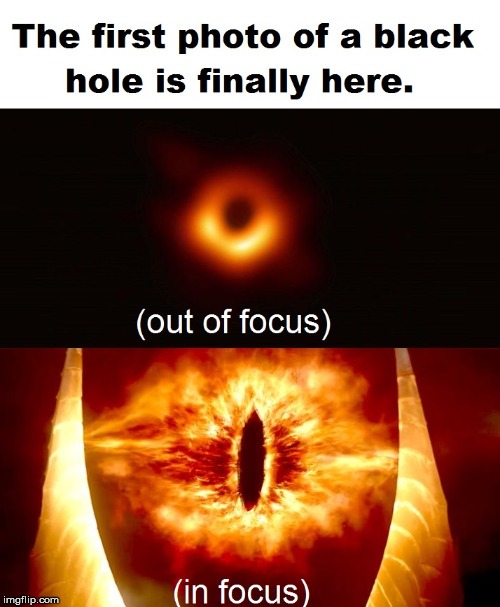“All the rivers run into the sea; yet the sea is not full: unto the place from whence the rivers come, thither they return again.”
The philosophy of the distribution of heat and moisture by means of ascending and descending currents between the equator and the poles, has a very recent origin; but here has the hint been lying unnoticed in our most familiar book, for nearly three thousand years. And even now, in quoting it, we are obliged to recall the fact that Solomon was a kabalist, and in the above texts, simply repeats what was written thousands of years before his time.
Cut off as they are from the accumulation of facts in one-half of the universe, and that the most important, modern scholars are naturally unable to construct a system of philosophy which will satisfy themselves, let alone others. They are like men in a coal mine, who work all day and emerge only at night, being thereby unable to appreciate or understand the beauty and glory of the sunshine. Life to them measures the term of human activity, and the future presents to their intellectual per-
Page 411
ception only an abyss of darkness. No hope of an eternity of research, achievement, and consequent pleasure, softens the asperities of present existence; and no reward is offered for exertion but the bread-earning of to-day, and the shadowy and profitless fancy that their names may not be forgotten for some years after the grave has closed over their remains. Death to them means extinction of the flame of life, and the dispersion of the fragments of the lamp over boundless space. Said Berzelius, the great chemist, at his last hour, as he burst into tears: “Do not wonder that I weep. You will not believe me a weak man, nor think I am alarmed by what the doctor has to announce to me. I am prepared for all. But I have to bid farewell to science; and you ought not to wonder that it costs me dear.”
How bitter must be the reflections of such a great student of nature as this, to find himself forcibly interrupted midway toward the accomplishment of some great study, the construction of some great system, the discovery of some mystery which had baffled mankind for ages, but which the dying philosopher had dared hope that he might solve! Look at the world of science to-day, and see the atomic theorists, patching the tattered robes which expose the imperfections of their separate specialties! See them mending the pedestals upon which to set up again the idols which had fallen from the places where they had been worshipped before this revolutionary theory had been exhumed from the tomb of Demokritus by John Dalton! In the ocean of material science they cast their nets, only to have the meshes broken when some unexpected and monstrous problem comes their way. Its water is like the Dead Sea — bitter to the taste; so dense, that they can scarcely immerse themselves in it, much less dive to its bottom, having no outlet, and no life beneath its waves, or along its margin. It is a dark, forbidding, trackless waste; yielding nothing worth the having, because what it yields is without life and without soul.
There was a period of time when the learned Academics made themselves particularly merry at the simple enunciation of some marvels which the ancients gave as having occurred under their own observations. What poor dolts — perhaps liars, these appeared in the eyes of an enlightened century! Did not they actually describe horses and other animals, the feet of which presented some resemblance to the hands and feet of men? And in A.D. 1876, we hear Mr. Huxley giving learned lectures in which the protohippus, rejoicing in a quasi-human fore-arm, and the orohippus with his four toes and Eocene origin, and the hypothetical pedactyl equus, maternal grand-uncle of the present horse, play
Page 412
the most important part. The marvel is corroborated! Materialistic Pyrrhonists of the nineteenth century avenge the assertions of superstitious Platonists; the antediluvian gobe-mouches. And before Mr. Huxley, Geoffroi St. Hilaire has shown an instance of a horse which positively had fingers separated by membranes. When the ancients spoke of a pigmy race in Africa, they were taxed with falsehood. And yet, pigmies like these were seen and examined by a French scientist during his voyage in the Tenda Maia, on the banks of the Rio Grande in 1840; by Bayard Taylor at Cairo, in 1874; and by M. Bond, of the Indian Trigonometrical Survey, who discovered a wild dwarfish race, living in the hill-jungles of the western Galitz, to the southwest of the Palini Hills, a race, though often heard of, no trace of which had previously been found by the survey. “This is a new pigmy race, resembling the African Obongos of du Chaillu, the Akkas of Schweinfurth, and the Dokos of Dr. Krapf, in their size, appearance, and habits.”

Moe is the founder of GnosticWarrior.com. He is a father, husband, author, martial arts black belt, and an expert in Gnosticism, the occult, and esotericism.






